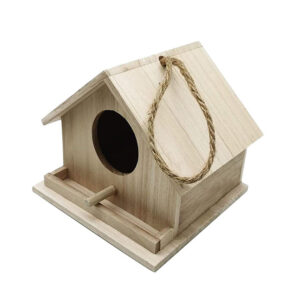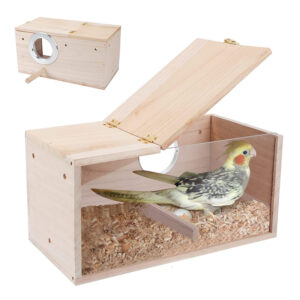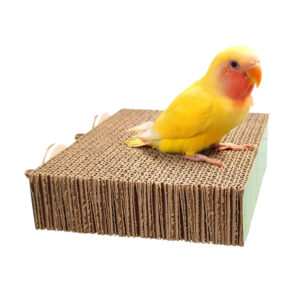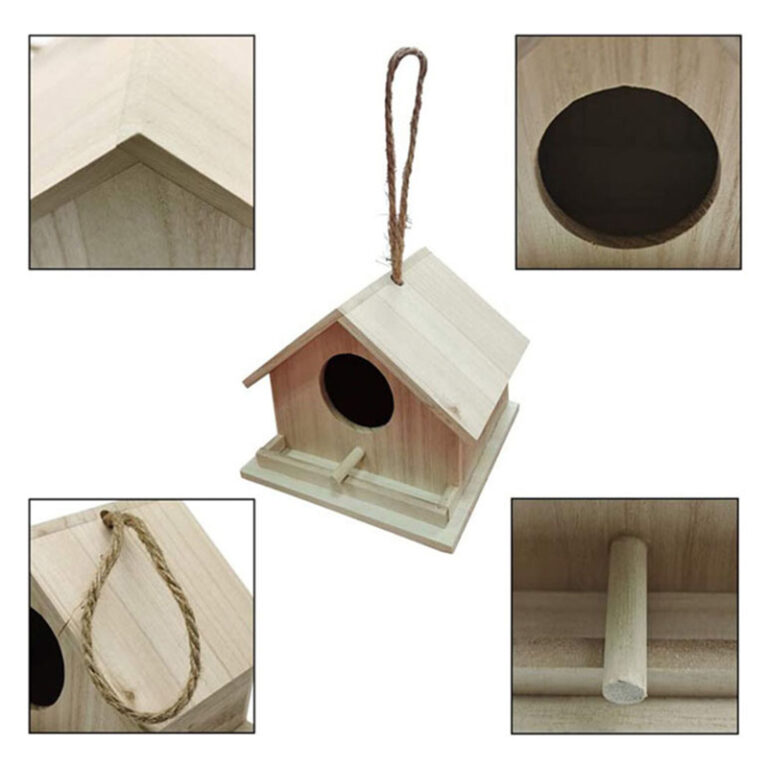
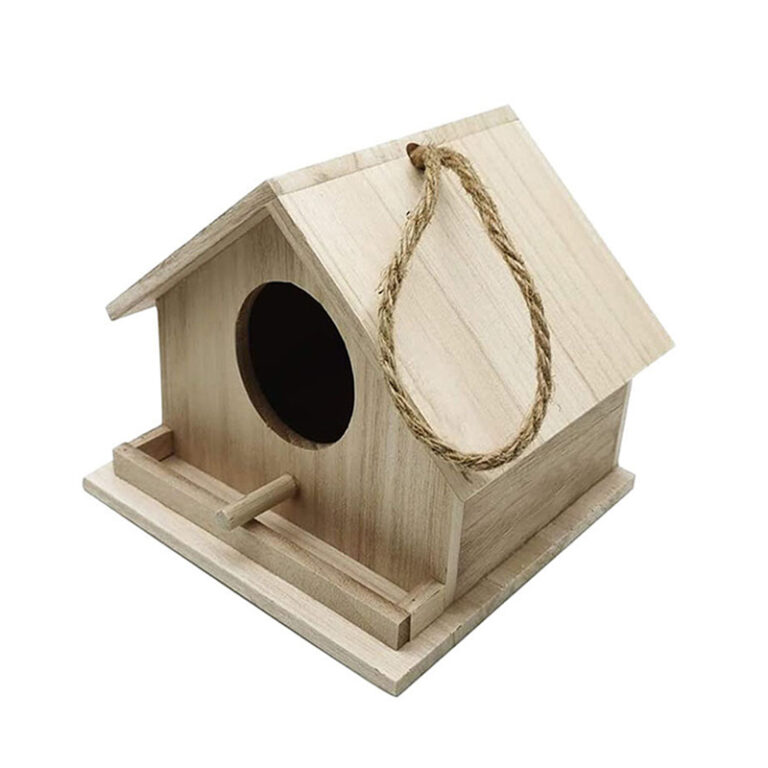
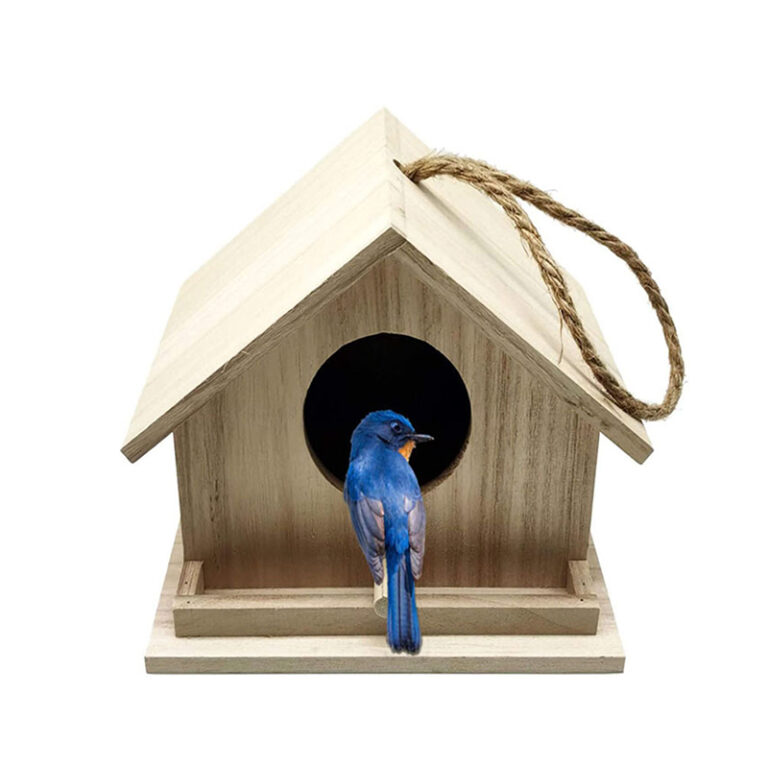
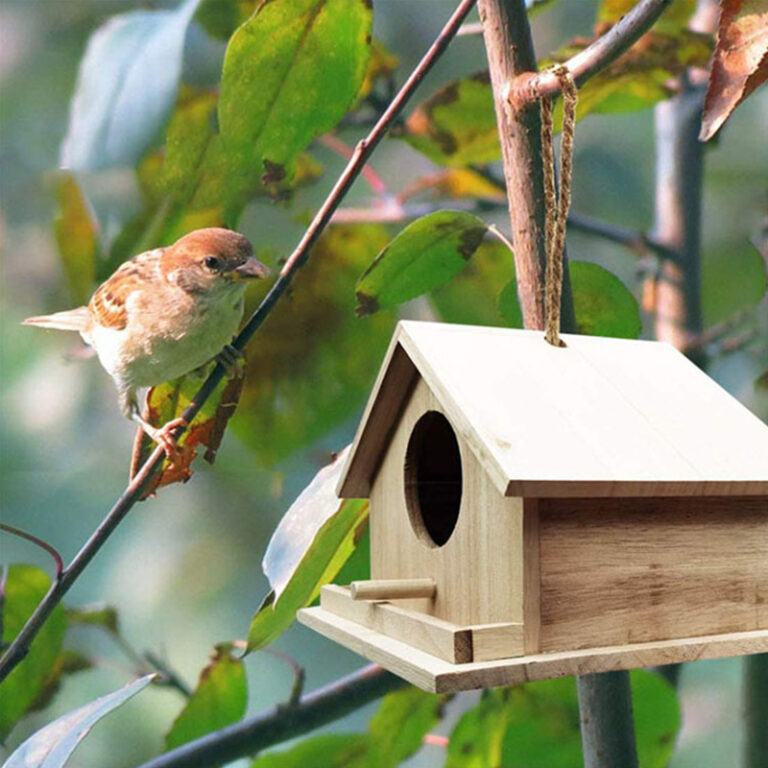
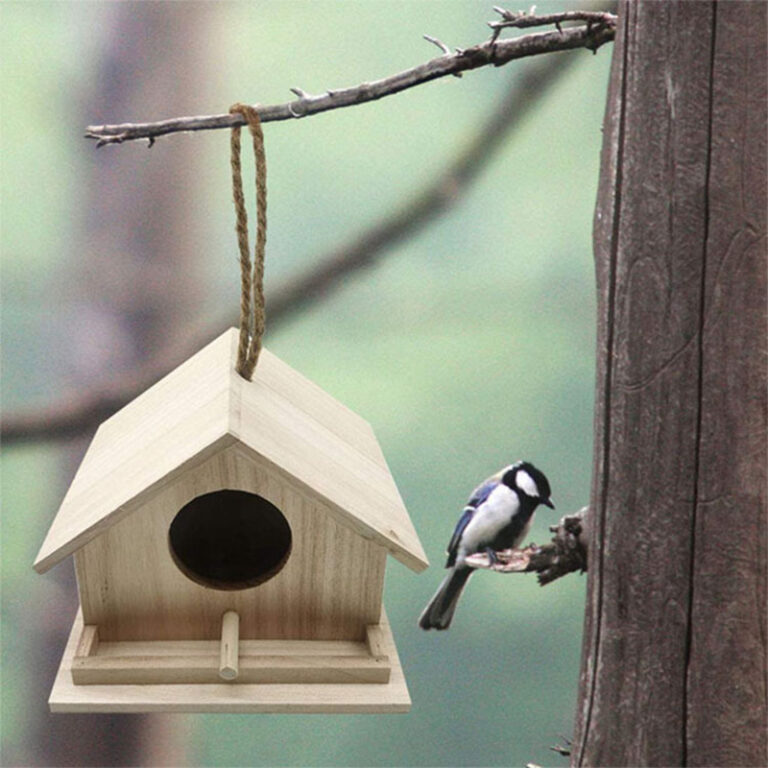
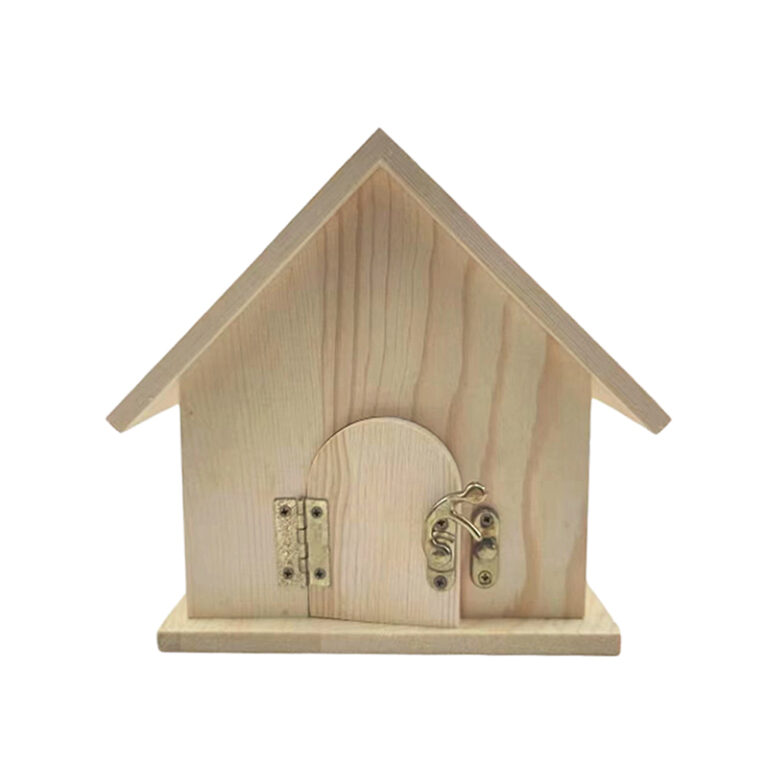
Garden Decor Birds living Box Moistureproof Nontoxic Wooden Great Bird House
Birds living encompasses the diverse ways in which birds inhabit and interact with their environments. From building intricate nests and forming social groups to foraging for food and communicating through song, birds display a fascinating array of behaviors. They occupy various habitats worldwide, from dense forests to urban landscapes, contributing to ecosystem health through roles such as pollination, seed dispersal, and pest control. Overall, bird living represents the dynamic relationship between birds and their surroundings, reflecting their adaptability, diversity, and importance in the natural world.
Product Description
Habitats: Birds living inhabit a diverse range of environments worldwide, including forests, grasslands, wetlands, deserts, mountains, and urban areas. Their choice of habitat often depends on factors such as food availability, nesting sites, and protection from predators.
Nesting: Birds living a remarkable diversity in nesting behaviors. Some species build intricate nests using twigs, grass, mud, and other materials, while others may utilize cavities in trees or cliffs. Nest construction is often a meticulous process, with each species exhibiting unique architectural techniques suited to their environment and lifestyle.
Social Structure: Birds living display a wide array of social structures, ranging from solitary to highly social species. Some birds form monogamous pairs that cooperate in raising offspring, while others form complex social groups or colonies. Social interactions among birds can involve courtship displays, territorial defense, cooperative hunting, and communal roosting.
Feeding: Birds living have diverse feeding habits, with different species specializing in various diets such as seeds, insects, nectar, fish, or even other birds. Some species are opportunistic feeders, scavenging for food in a variety of habitats, while others have specialized beaks and feeding techniques adapted to their preferred food sources.
Migration: Many bird species undertake seasonal migrations, traveling thousands of miles between breeding and wintering grounds. Migration allows birds to exploit seasonal food resources and avoid harsh weather conditions. The migration routes and timing vary greatly among species, with some birds traveling over land, while others undertake impressive transoceanic journeys.
Communication: Birds communicate through a variety of vocalizations, calls, and songs, which play crucial roles in mate attraction, territory defense, and group cohesion. Each species has its unique repertoire of vocalizations, ranging from simple chirps to complex songs with intricate melodies and patterns.
Adaptations: Birds have evolved a myriad of adaptations to thrive in their respective habitats. These adaptations include specialized beaks for feeding, camouflage for avoiding predators, migratory instincts for long-distance travel, and unique reproductive strategies for successful breeding.
Ecological Importance: Birds play vital roles in ecosystems as pollinators, seed dispersers, pest controllers, and indicators of environmental health. Their presence or absence can reflect changes in habitat quality and ecosystem dynamics, making them valuable subjects for conservation efforts.
In summary, bird living encompasses a wide range of behaviors, adaptations, and ecological roles, reflecting the remarkable diversity and resilience of avian life on Earth.
